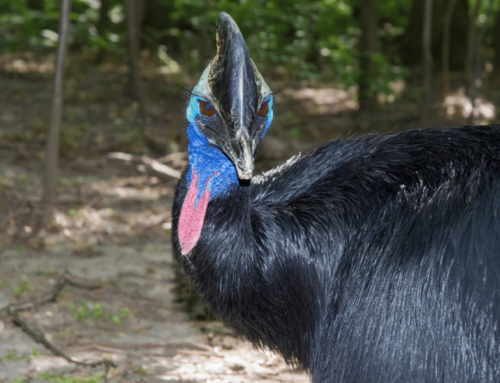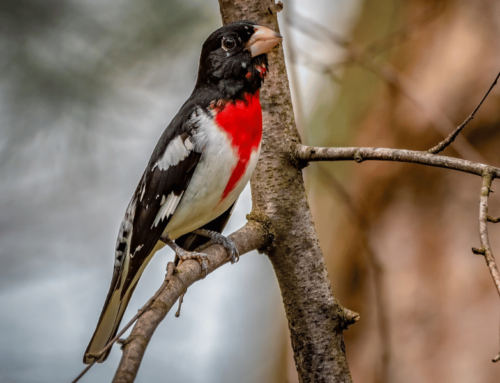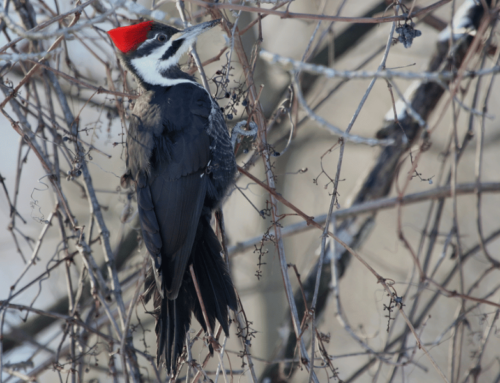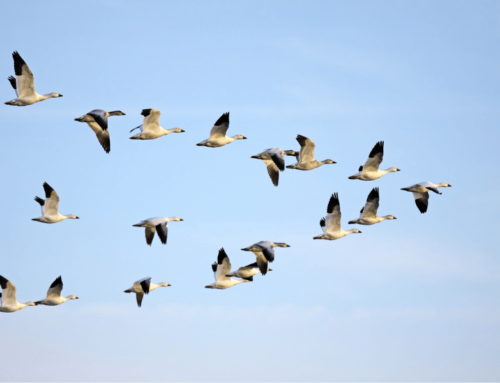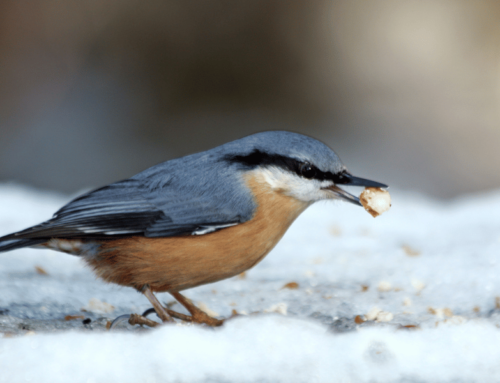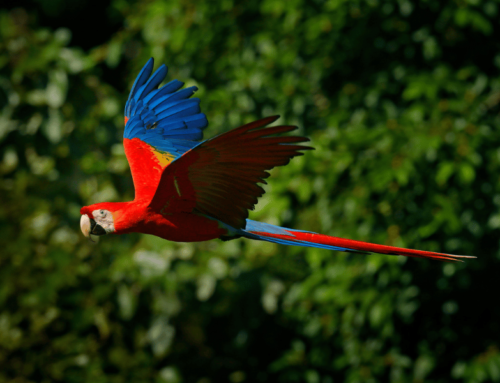
Birdwatching for beginners comes with a whole array of different things to learn along with mistakes you can make. Correcting your mistakes can help make birdwatching a more rewarding experience. Reading this article will help jump-start your birdwatching abilities and help you avoid some of the common pitfalls in this hobby.
This blog is all about birdwatching for beginners and 7 common mistakes they commonly make.
7 Birdwatching Mistakes to Avoid – Birdwatching for Beginners
1. Immediately Assuming You Have Identified a Bird Correctly
There are lots of different birds out there and among them, many species can look very similar. Unless you are very familiar with the bird you are seeing, there’s a decent chance that you are not identifying the bird correctly.
Something as small and as seemingly insignificant as a slightly different shade of crest can mean you are seeing a totally different species of bird. The color of the feet can be the difference between a snowy egret and a great egret.
A good example of how thorny this can be found in downy woodpeckers and hairy woodpeckers. They are near identical looking. Even experienced birdwatchers can get the two confused. It’s not just small birds that can be confusing. Large raptorial birds can also be mixed up. Cooper’s hawks and sharp-shinned hawks are difficult to tell apart.
The following picture shows a downy woodpecker and a hairy woodpecker. Having a bird identification book with you can make telling them apart easier. Even an experienced birder could mistake one for the other.
Hint: The downy woodpecker has a smaller bill in proportion to its body than the hairy woodpecker.

Downy Woodpecker (left) and Hairy Woodpecker (right)
2. Ignoring Online Resources
Nowadays, there are lots of different online resources you can use to help with birdwatching. These online resources can be indispensable for new hobbyists.
For instance, there are blogs you can read that will tell you exactly where to go to see certain birds in your local area or state. Birdwatchers who are much more experienced than you are willing to share what they’ve learned. If you want to know which parts of a large forest have the highest concentration of yellow-bellied sapsuckers, there are likely people online who can tell you.
If you have heard a bird call repeatedly but haven’t seen what bird it is, websites like Audubon.org and Ebird.org can give you all of the common songs and calls of birds in your area. A single type of bird can have lots of different songs and calls.
When you’re not looking for a particular species, Ebird.org shows you areas where people report the highest frequency of bird sightings, along with the total number of species.
Online you can also easily find others who birdwatch in your area. From here they can give you firsthand advice on the easiest places to go birdwatching, overlooked areas that are largely untouched by the public or ways to get access to certain places.
The internet has tons of free resources that can make your birdwatching easier and more fulfilling.
3. Not Learning How to Use Your Equipment
Many people buy their equipment and don’t bother reading the instructions. For some, this isn’t a problem as they can figure things out decently enough to get what they want. However, if you’re not getting the results you’re looking for, putting in just 10 minutes or so of learning about your equipment can solve whatever’s holding you back.
This doesn’t mean that you need to be an expert on everything. However, if for example you aren’t getting the bird photography results that you want, you may be able to drastically increase the quality of your photos by reading the instructions learning about how to adjust the ISO.
If reading isn’t your preferred way of learning, there’s also video tutorials. Any mainstream brand of camera will have Youtubers going through the ins and outs of how to use the product. Also, if you’ve never used certain types of birdwatching equipment, Youtube tutorials can give you information on the basics of utilizing it, regardless of brand.
This brings me to my next point.
4. Thinking You Need the Most Expensive Gear
There are lots of gear that are affordable to most people that can make birdwatching a great experience. Unfortunately, there are some who only want the most expensive equipment. They believe that anything that costs less than 500 dollars is garbage.
This is not the case.
For the record, I think it’s fine if you want to wait and save up money because you want better equipment. However, don’t think that only the higher-end binoculars, scopes and cameras are worth your time. Honestly, even the cheapest equipment you find will likely be better than nothing.
5. Not Prioritizing Safety Over Everything
Safety should always be your first consideration. It doesn’t matter how desperately you want to observe or get a photo of a bird you’ve never seen before. If there is a chance that you might hurt yourself, don’t do it.
People engage in risky behavior thinking that it could increase their chances of seeing more birds. Unfortunately, getting an injury could prevent you from birdwatching for weeks or even months. The trade-off just isn’t there.
The safest locations for birdwatching are places that are designed for human activity, such as parks. Just because a place isn’t totally remote doesn’t mean that it’s not a good place for birdwatching. In fact, some of the most bird dense areas are man-made locations. Start your birdwatching by going to places that lots of people frequent and visit more remote places after you’re more experienced.

6. Not Having a Checklist
A birdwatching checklist is important to have for every trip you make. The things you need for birdwatching are not always obvious. If you leave without looking at your checklist, you can potentially ruin your entire birdwatching day.
Maybe you have a really good memory and can remember everything you need before you head out but chances are that you aren’t. There’s little that can be as frustrating as being miles away from home and realizing you forgot to charge your camera or you left your sun hat in the closet.
For your checklist, I would make sure to include all your gear, your hat, any bird guides you own, sunscreen, bug spray, water and food if you are going to be out for a long time.
7. Thinking that Physical Maps aren’t Useful Anymore
If you’re just getting into birdwatching and other outdoor activities, you’ll likely be disappointed to discover that cell phone coverage isn’t everywhere. Even locations that are just outside the suburbs can leave you without cell phone service.
To prepare, consider getting a physical map. You can also download the map to your phone instead of trying to download it when you’re in the middle of nowhere.
This is especially important the further you get into the wilderness. Don’t risk getting lost unnecessarily and buy or download a map beforehand if there’s any possibility of you losing your way.
8. Thinking that the Bugs won’t bother You
Lots of people have made this mistake, including me. I once went hiking into the woods thinking that there wouldn’t be any mosquitoes, so I didn’t take my bug spray. I was right. There weren’t any mosquitoes but once I started getting sweaty, flies and other insects refused to leave me alone.
There are some locations that don’t have any obvious type of insects but that doesn’t mean that they’re not there. A good bug spray can mean that you don’t have to worry.
If you are going into the deep woods, you run the risk of getting lyme disease from a tick bite. Thankfully, we have bug spray that can repel those ticks these days. Lyme disease is no joke and can leave people with symptoms for years.
Bug bites can also cause an allergic reaction.
The right clothes can also help keep the bugs off you. Wearing pants that are tucked into your shoes or boots can help. Long-sleeved t-shirts and hats with nets can keep the mosquitoes off.
The inconvenience of having to use insect repellant is nothing compared to being bitten repeatedly by mosquitoes.
9. Being Afraid to Ask Questions
This advice applies to almost any hobby or activity that you’re new to. Never be embarrassed to be the least knowledgeable person in the group. More experienced birdwatchers usually have no problem explaining things to others. Birdwatchers are a passionate group of people and love talking about birds with new people.
If you’re with a group of people someone might call out a bird that you aren’t seeing. Please don’t be afraid to ask where it is if you are having trouble spotting it.
Learning is always faster when you are asking questions.
Conclusion:
In the world of birdwatching for beginners, there are lots of mistakes that can be made. This blog hopefully has help you in not making some of the bigger and more common mistakes that people make.
The biggest thing to keep in mind (besides safety) is to have fun. If you’re having fun, then everything else is basically irrelevant. The birdwatcher who has seen far more birds than you is still beneath you if you’re the one having more fun.
